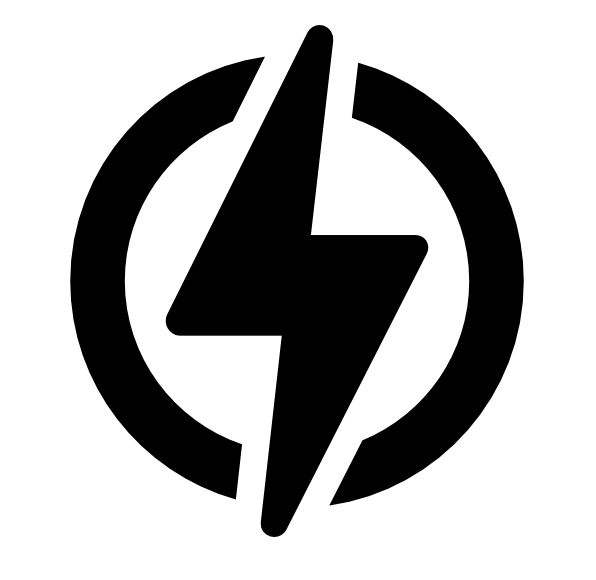
In our hyper-connected world, routers are the unsung heroes that keep our devices online, ensuring smooth communication, streaming, and working from home. Given their crucial role, it’s essential to understand the various ways to power these devices. This knowledge can help optimize setup, enhance reliability, and even allow for more mobile networking solutions. Let’s dive into the different methods of powering routers: AC, DC hardwire/GPIO, PoE, battery, and converters.
AC Power
The Standard Solution
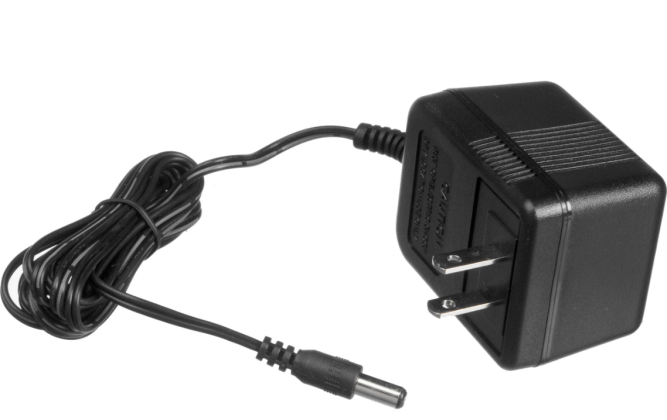
AC (Alternating Current) power is the most common method for powering routers, especially in indoor settings. When you purchase a router, it typically comes with an AC adapter that plugs into a standard electrical outlet. This method is straightforward and user-friendly, making it ideal for home and office environments.
Advantages:
- Simplicity: Easy to set up and use, with no additional equipment needed.
- Availability: Standard in most homes and offices, requiring no special infrastructure.
Disadvantages:
- Limited Mobility: Requires proximity to an electrical outlet.
- Potential for Clutter: Multiple devices can lead to tangled cables.
DC Hardwire/GPIO
The Advanced Option
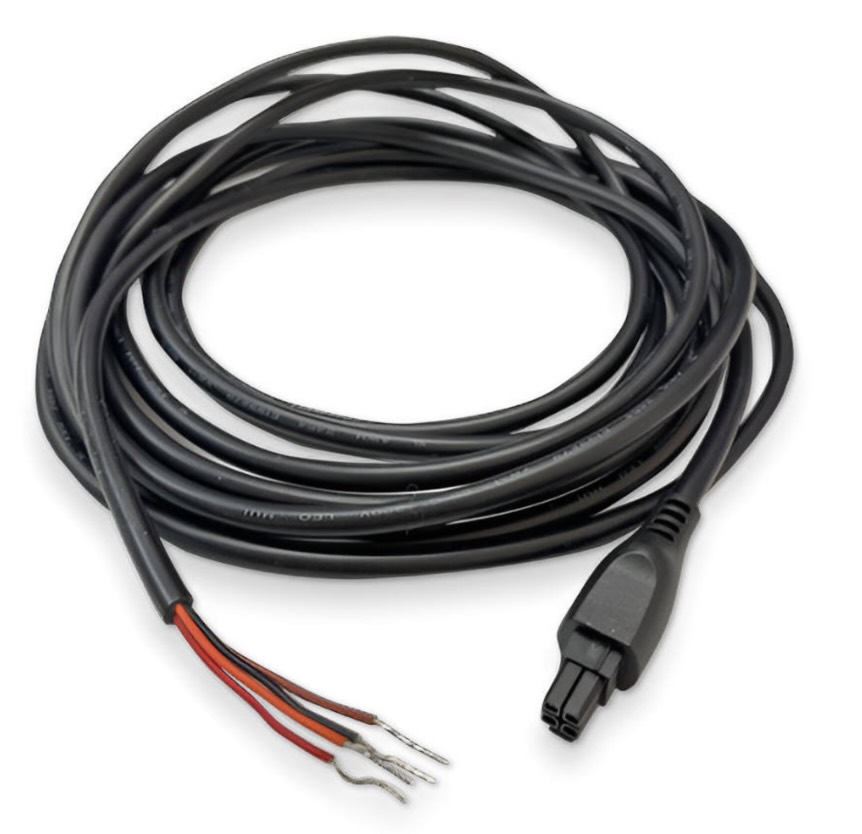
DC (Direct Current) hardwiring or GPIO (General-Purpose Input/Output) connections offer a more customizable power solution, often used in specialized setups. This method can be advantageous in automotive or industrial environments where ignition sensing and other integrated control systems are beneficial.
Advantages:
- Ignition Sensing: Can power the router on or off based on the vehicle’s ignition status, saving power and protecting the battery.
- Customization: Ideal for integrating with other hardware in complex setups.
Disadvantages:
- Complex Installation: Requires technical knowledge and possibly professional installation.
- Permanent Installation: Typically more difficult to move once installed.
Power over Ethernet (PoE)
The Streamlined Solution
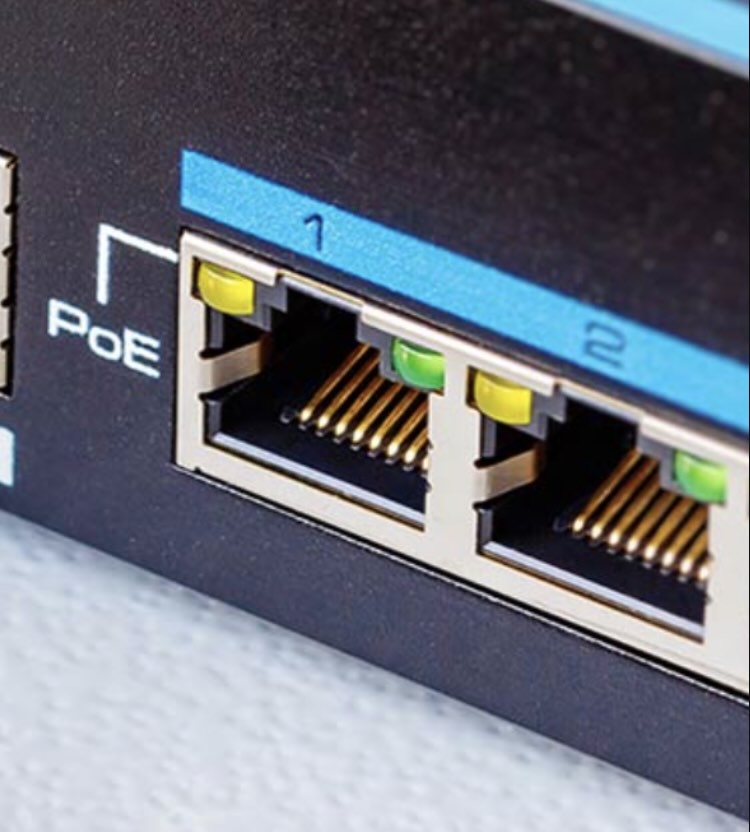
Power over Ethernet (PoE) is a fantastic option for reducing cable clutter and simplifying installations. PoE allows a single Ethernet cable to provide both data and power to the router, making it an elegant solution for both home and professional environments.
Advantages:
- Reduced Clutter: Combines data and power delivery into one cable.
- Flexibility: Allows placement of the router in locations without nearby power outlets.
Disadvantages:
- PoE Switch or Injector Required: Additional hardware is needed to inject power into the Ethernet cable.
- Distance Limitations: Ethernet cables have a maximum effective length, typically up to 100 meters.
Battery Power
The Mobile Solution
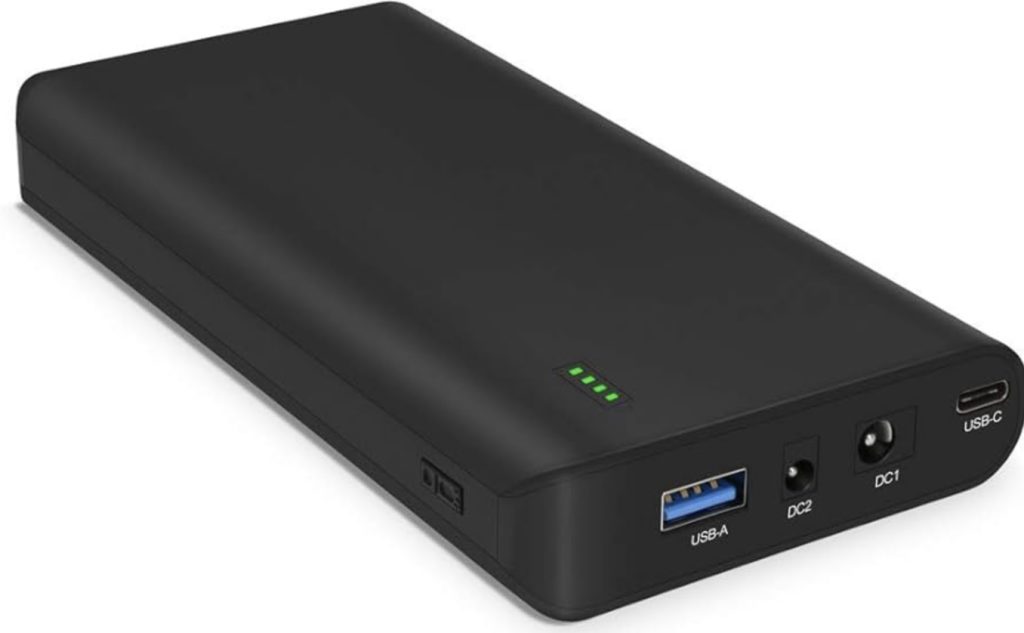
Battery-powered routers offer unmatched convenience and mobility. These routers often come with built-in batteries or can be connected to an external battery pack, making them ideal for travel, temporary setups, or areas with unreliable power.
Advantages:
- Mobility: Perfect for use on the go, in remote locations, or during power outages.
- Convenience: Eliminates the need for a constant power source.
Disadvantages:
- Limited Battery Life: Requires regular recharging or battery replacement.
- Potential for Lower Performance: Some battery-powered routers may have reduced functionality compared to their AC-powered counterparts.
Which Power Solution Is Right For You?
Understanding the various ways to power your router can help you optimize your network setup, enhance mobility, and ensure reliable connectivity. Whether you stick with the standard AC power, opt for the streamlined PoE setup, or embrace the mobility of battery power, each method has its unique advantages and potential drawbacks. Evaluate your specific needs and environment to choose the best power solution for your router, ensuring you stay connected whenever and wherever you need.

